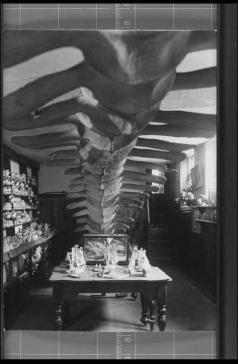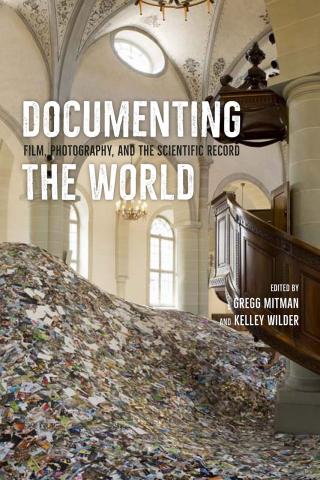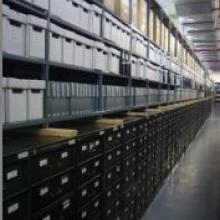Archives composed of photographs or film span the scope of human history: these are archives as intimate as the family shoebox and as vast as the world’s microfilm holdings. They form the backbone for visually based disciplines like the History of Art, and alter the way we collect information and learn from it. Photographic and filmic documents in archives do not speak for themselves. They only have life in relationship to something else: to the context of their production, to other documents in the archive, to a person’s life history, to a historical narrative. These documents are always on the verge of becoming documentaries—otherwise they would be dead to the world.
This Working Group investigated the impulses behind much of the archiving activity that utilized the two mediums. We specifically avoided the much-discussed indexical status of photographic and filmic documents as such, preferring to investigate how these photographic and filmic documents, through their creation and circulation, are continually shaping and reformulating the status of the archive. We wanted to know how photographic documents are made, how they circulate, and how they become documentaries. The Working Group took on such subjects as the use of photography and film for "documenting up" swathes of people or landscapes, re-documentation of formerly documented objects, the organization of the kinds of archives that aspire(d) to disseminate the world documented in pictures, or the clarification of specific disciplinary measures for controlling or forming photographic or filmic documentation.
Documenting the World attended to both the material and cultural histories of the photographic, filmic, or digital scientific record. It aimed to reflect on, and work toward, a set of common methodologies that can reach across the divides of film and photographic history.




